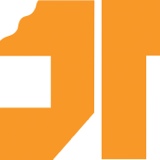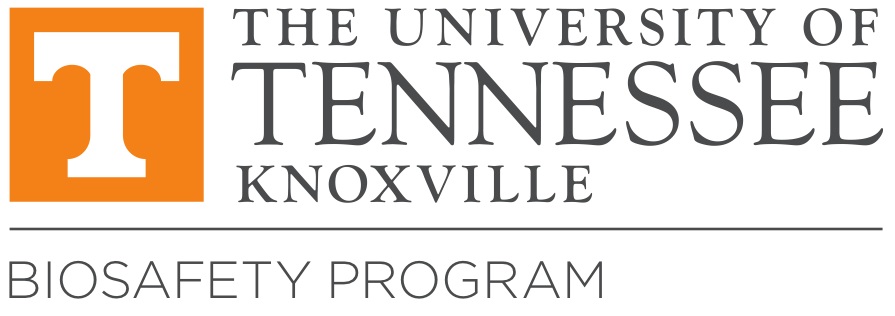Information
-
Biosafety Level 2 Laboratory Inspection
-
Principal Investigator
-
Building and room numbers
-
Lab Representative
-
Department
-
Conducted on
-
Location
-
Prepared by
Facilities signage and practices
-
Access to lab area restricted (I.e., controlled by lab supervisor)?
-
Biohazard signage present at lab entrance
-
Bench tops impervious to water and resistant to chemicals and heat?
-
Non-carpeted floors and lab furniture is made of non-porous materials
-
Evidence of food or drink in laboratory area?
-
Emergency response procedures posted
Housekeeping
-
Lab is maintained in a clean/sanitary condition with no evidence of unattended spills and/ or other housekeeping concerns?
-
Evidence of pest management issues?
-
Animals and plants not associated with work present in work areas?
-
Lab equipment decontaminated routinely ( no evidence of unattended splashes and spills)
Shared facilities or equipment housekeeping
-
Are there any shared freezers or refrigerators?
Freezers
-
Equipment clean and free of housekeeping concerns?
-
Samples are properly labeled and stored in leak-proof containers?
-
Responsible group or PI?
-
Are there any shared cold rooms?
Cold rooms
-
Equipment clean and free of housekeeping concerns?
-
Samples are properly labeled and stored in leak-proof containers?
-
Responsible group or PI?
-
Are there any shared incubators?
Incubators
-
Equipment clean and free of housekeeping concerns?
-
Samples are properly labeled and stored in leak-proof containers?
-
Responsible group or PI?
Sharps and biological waste disposal practices
-
Needles and other sharps are disposed of in appropriate sharps container?
-
Needles did not appear to be intentionally bent, broken, or recapped (unless exempted)?
-
Biological waste containers were properly labeled, leak proof, lined with a biohazard bag, and lids were available if applicable?
Hygiene and Primary containment measures
-
Hand washing sink including soap and hand towels available
-
Eyewash stations
Station
-
Free of obstructions and easily accessible?
-
Functional?
-
Documentation showing station has been flushed/tested monthly
-
Date of last test/flush
-
BSCs
Cabinet
-
Type of cabinet
- Clean Bench
- Class I
- Class IIa
- Class IIb1
- Class IIb2
- Class III
-
Unless otherwise noted as "not intended for use with BSL-2 materials", BSC has been certified within the last year?
-
Date of last Certification
-
BSC is located away from doors, high traffic areas, and other airflow disruptions have been minimized?
-
Vacuum lines are properly filtered / liquid waste decontamination traps are properly housed in spill proof container?<br>
PPE
-
Gloves readily available?
-
Lab coats readily available?
-
Eye protection readily available?
Biosafety Resources and Documentation
-
Have any new personnel been added who require BSL-2 or BBP training?
-
Name and UT NetID
-
Biosafety manual is readily available
-
Location?
-
Biological spills procedures accessible
-
Site specific training documented
-
Does laboratory use a shipping designee?
-
Responsible personnel?
-
Are laboratory personnel working with human derived tissues, bodily fluids or cell lines that would require BBP training?
Blood Borne Pathogens
-
Exposure control plan is accessible?
-
Are there any new personnel that require BBP training?
-
Name and UT NetId?
-
Are there new personnel that have not been informed of their right to vaccination for Hepatitis B ?
-
Name and UT NetID?
Questionnaire
-
Was a lab representative available?
BSL-2 practices
-
All procedures that may generate aerosols are conducted in BSC
-
Procedures are designed to minimize the generation of aerosols and/or splashes?
-
Personnel were familiar with the proper decontamination strategies for biological waste (e.g., cultures, stocks) prior to disposal?
-
Workers practice good hygiene/ hand washing procedures?
-
Personnel are aware of how to properly store and transport samples (I.e., capped leak-proof primary container, with leakproof secondary)?
Emergency procedures
-
Personnel are familiar with post exposure evaluation and follow-up
-
Personnel familiar with spills procedure?
Summary information
-
Comments
-
Mandatory Corrections
-
Deficiencies must be corrected by
-
Signature of laboratory representative
-
This Biosafety Level 2 (BSL-2) Inspection is in accordance with requirements outlined in the CDC/NIH Biosafety in Microbiological and Biomedical Laboratories 5th ed document (BMBL) and/or other applicable regulatory standards per Institutional Biosafety Committee and Biosafety Office policy.
Additional Information on the BMBL, BSL-2 requirements, applicable regulatory standards, and lab inspection parameters can be found at http://www.biosafety.utk.edu. Please contact the Office of Biosafety if you have any questions or concerns regarding this evaluation. Thank you in advance for your cooperation in ensuring biological safety and research compliance. -
Legend:
Pass: Score >85% No, or minor deficiencies were noted that were resolved at the time of inspection. Remedial actions are not required at this time.
Provisional Pass: Score >85% Deficiencies were noted; one or more requiring prompt remedial action (Noted under Mandatory Corrections). A mandatory correction is issued when: 1) there is a violation of a U.S. Federal, state, or local regulatory standard; and/or 2) the biosafety inspector has deemed it a risk to personnel safety or biological containment. Remedial action must be taken (or arranged) by the date indicated. Failure to comply will result in a 'FAIL'. Contact the Biosafety Office if you would like further explanation or guidance in resolving the noted issues.
FAIL: Score <85% Numerous or significant deficiencies were noted. Remedial actions must be taken (or arranged by) the date indicated. If corrections have not been taken by that date, the department head and IBC will be consulted to determine the appropriate disciplinary action. Contact the Biosafety Office if you would like further explanation or guidance in resolving the noted issues.










